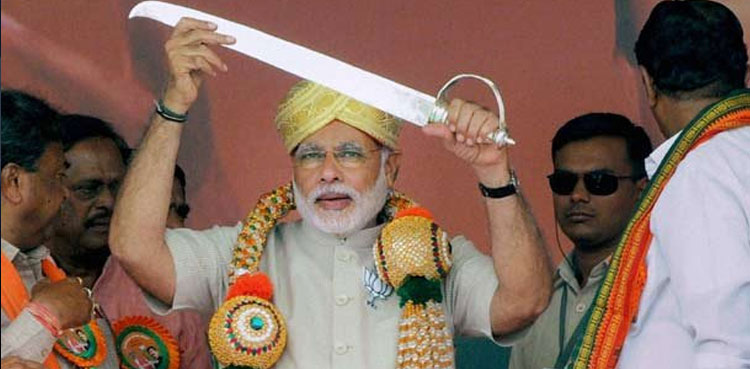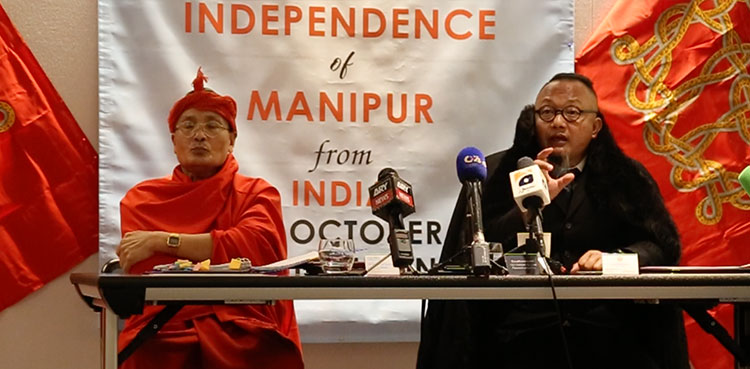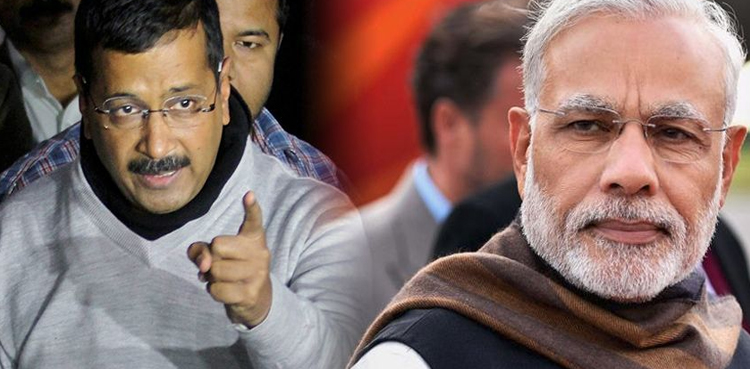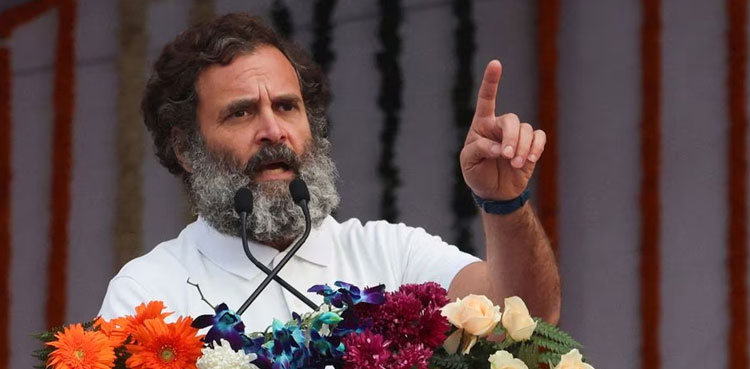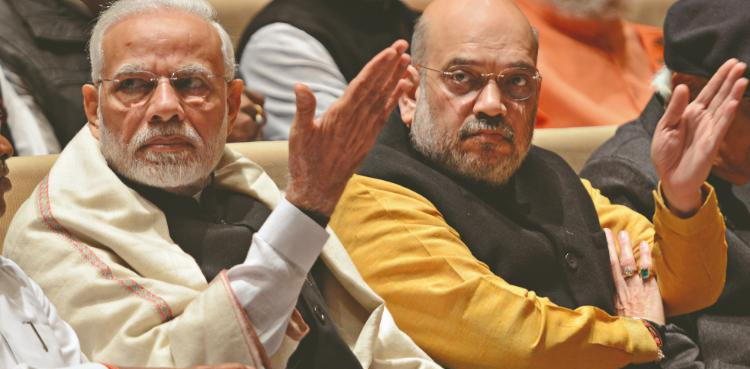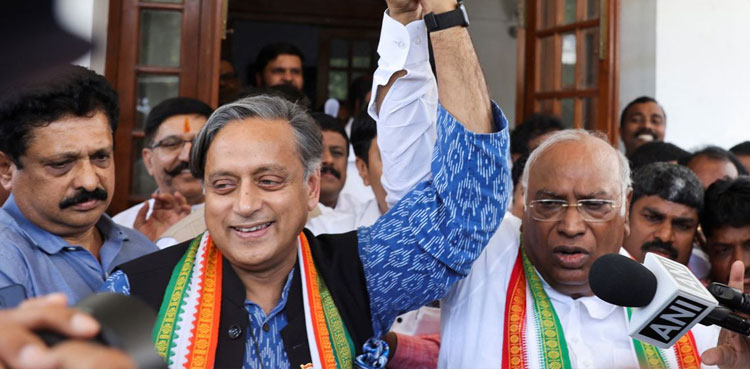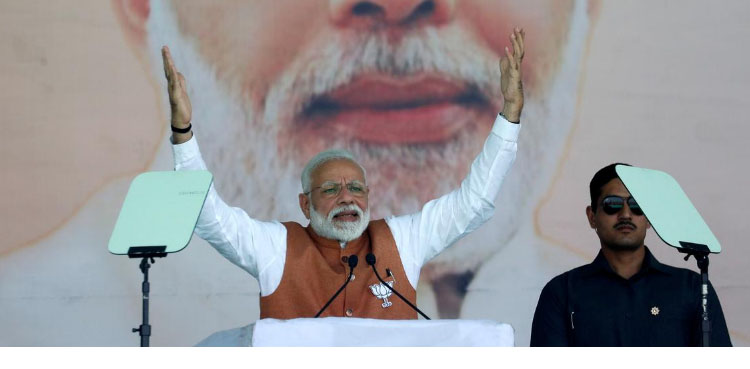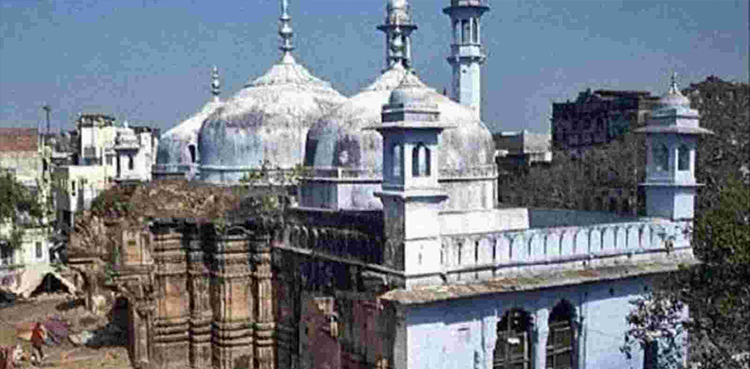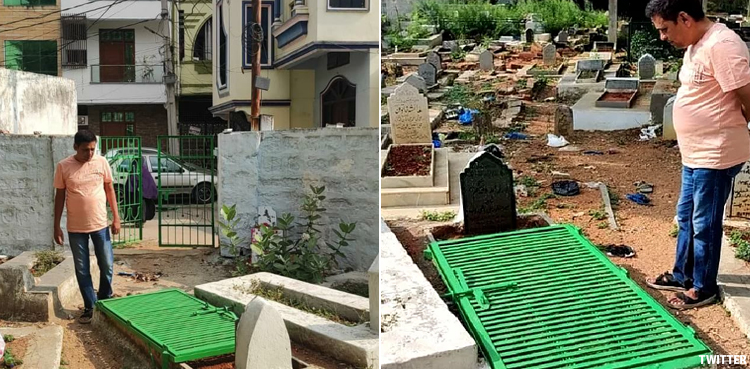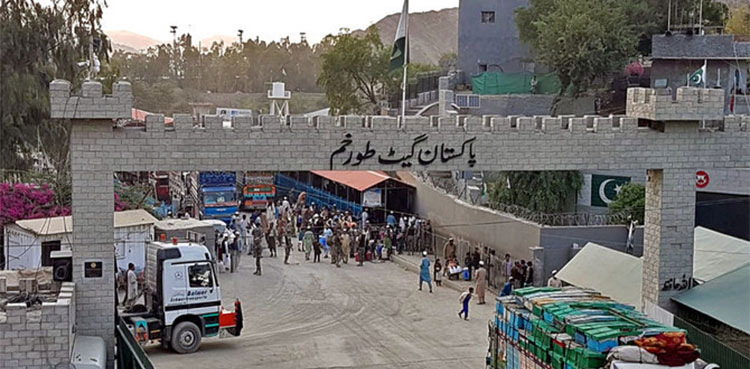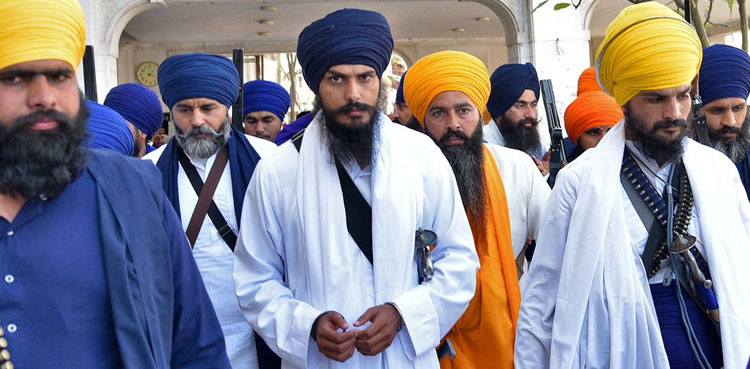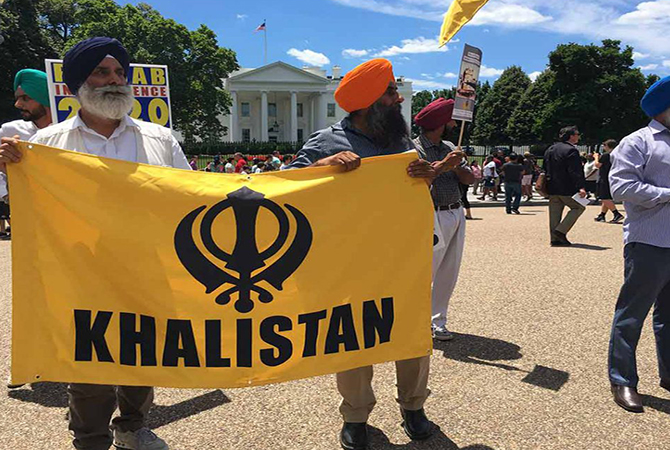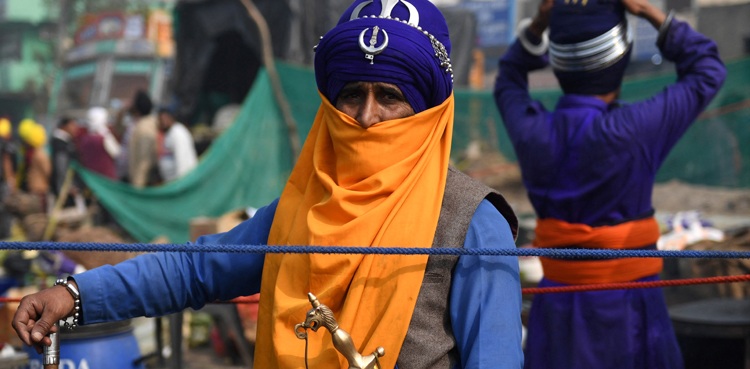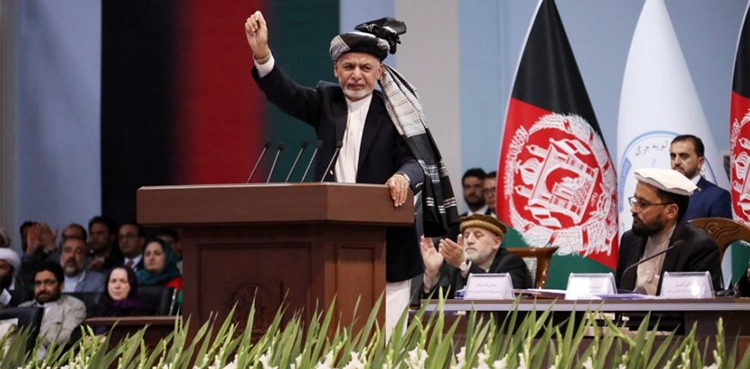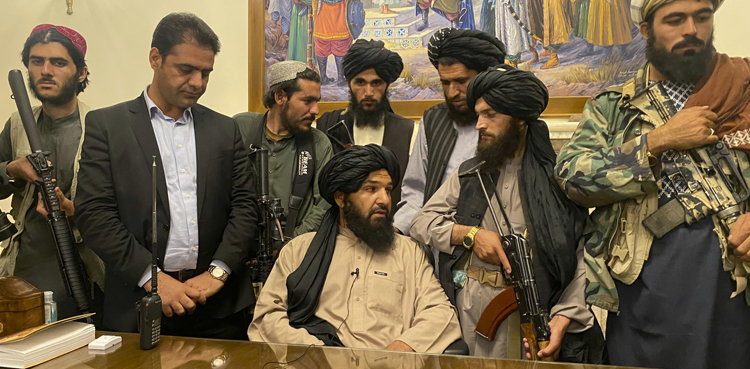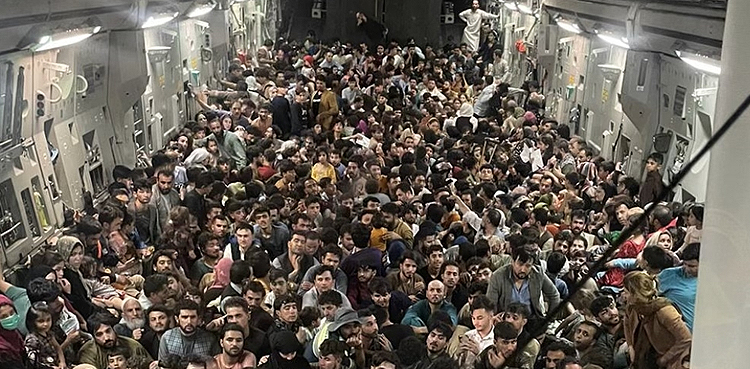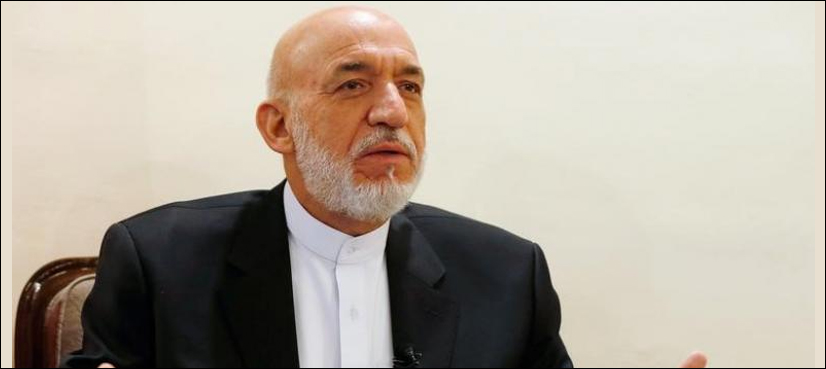The euphoria exhibited by some vital quarters in Pakistan about the Taliban takeover of Kabul has not only vanished in thin air but the indications that the subsequent upsurge in terrorism in Pakistan has a clear Afghan hand has pushed the Pakistani policy makers to betray their impatience with the duplicitous activities of the Afghan Taliban regime.
The recent terrorist outrage in Balochistan that claimed lives of 12 soldiers rated to be the highest single-day death toll has proved to be a catalyst for the profound change in the perception of Pakistani security establishment that now has clearly reached the end of tether in respect of terrorist activities perpetrated in the country. The security establishment has conveyed its profound displeasure at the tacit support provided to the militant outfits in Pakistan by the Kabul regime. The tone of the security circles is quite sharp indicative of the growing impatience within its ranks about the growing acts of terrorism in Pakistan and may well result in stringent defensive measures. It is quite obvious that any countermeasures may be very calculated in essence keeping in view the tenuous pattern of relationship between Pakistan and Afghanistan and ever-present prospects of confrontation between them.
It was not only the security establishment that aired its gradually toughening views about the terrorist situation in the country but the incumbent political leadership has echoed similar sentences. The security establishment was very specific in denouncing the safe havens and liberty of action available to Tehrik-e-Taliban Pakistan (TTP) in Afghanistan and this denunciation speaks volumes about the growing anger with the leadership and ranks of the army. The ISPR statement about the Afghan Taliban’s inaction vis-à-vis counterterrorism is particularly significant as the security establishment has thus far avoided commenting on the situation so directly. There is hardly any doubt that there is good reason for matters having deteriorated to this point.
This statement was immediately echoed by Pakistan’s defence minister criticising the Taliban regime for neglecting its duties as a neighbouring and fraternal country and for disregarding the counterterrorism commitments it had made in the Doha peace agreement. He added that this situation cannot continue any longer and though he refrained from stating that Pakistan would engage in hot pursuit of terrorists across the border into Afghanistan. He however is on record asserting few months before that Pakistan’s patience with Kabul is clearly wearing thin and some kind of counter action may be in offing.
Despite showing restraint the defence minister was very specific about the lack of cooperation from the Afghan regime in controlling the activities of TTP and specifically referred to the Doha peace agreement that expected Afghan regime to ensure that its soil will not be used for terrorist activities. He virtually rebuked the Taliban regime for neither fulfilling its obligation as a neighbouring and brotherly country nor safeguarding the peace agreement. He added that Pakistan provided refuge to six million Afghan nationals for decades but in return what they are getting is the terrorists harboured by Kabul to shed Pakistani blood. The Pakistan army was even more severe by underlining the fact it is gravely concerned about the liberty of action available to the militants in Afghanistan implying that this was a nexus they are facing and that they would like it to end.
The army has repeatedly pointed out the involvement of Afghan nationals in such incidents and in its recent reaction categorically stated that such attacks are intolerable and would elicit an effective response from the security forces of Pakistan. This is a serious turn of events and may result in serious consequences that may unbalance the region to the peril of the countries therein.
It is well known that Afghan Taliban regime has given freedom to twenty terrorist groups to move around at will in Afghanistan and quite obviously pursuing their nefarious designs. It is also widely acknowledged that of all the terrorist groups the Taliban regime has a soft spot for TTP and it is known widely that they have a close nexus and are considered part of the Afghan emirate.
This situation symbolises the intense and complete failure of the concept of strategic depth and instead it has boomeranged and is now causing serious consequences for Pakistan. The recent attacks in Zhob clearly point out to the hazardous consequences of the nexus between the Kabul regime and the TTP as the attack took place significantly in areas hitherto considered relatively free of militancy. More significant is the fact that these attacks targeted security forces personnel and it must be borne in mind that they are factually their enemies and they have proclaimed it consistently on all available forums.
When viewed in this backdrop one feels like connecting the dots and they would lead to the curious dimension that these attacks in Balochistan are taking place in areas that are influenced by the TTP narrative and are Pakhtun majority areas making it somewhat out of sync with the rampant insurgency in Balochistan although consistent attempts are made to portray it this way.
Though these areas are closer to the border with Afghanistan and also in close proximity to tribal districts such as South Waziristan but they had remained comparatively less affected by terrorist activities in the past. It is looking that since the US withdrawal from Afghanistan, two fronts have been opened against the state by the TTP that has stepped up its attacks in Khyber Pakhtunkhwa as well as the Pakhtun belt of Balochistan.
This fact is borne out that in recent time the TTP has been trying to make inroads in the Baloch-majority areas of the province releasing propaganda videos in Balochi that highlight the issue of missing persons along with pointing out to the deprivation faced by the people of Balochistan.
It is interesting to observe that the TTP has often stated that it wants to split Balochistan into two parts and mention that the Baloch-majority area is part of their Kalat-Makran chapter while the Pakhtun-dominated parts fall under the Zhob chapter. Though the recent attacks in Zhob were claimed by some obscure Tehrik-i-Jihad Pakistan but it indicates a change of strategy as it wants to put pressure on the western route of CPEC that passes through Pakhtun-majority areas of Balochistan.
It is not a hidden fact that China has been acutely apprehensive about the fundamentalist policies of the entire Taliban network and has been working with the regional arrangements aimed at frustrating the designs of the extremist and terrorist groups. The prime responsibility of ensuring the security of CPEC lies with Pakistani military therefore it becomes the prime target for the terrorist outfits particularly the TTP.
Though the situation is getting out of control yet the Pakistani authorities cannot do much at this juncture except bringing to the notice of global community the irresponsibly aggressive policy pursued by the Kabul regime though the chances of the regime paying any heed to such efforts are scant as the Afghan Taliban are impervious to international opinion. The other method is to approach the issue on a regional level and the efforts in this direction are on the course as Pakistan, Iran and China held trilateral meeting about regional security situation and hopefully it may have some bearing on the behaviour of the Afghan regime.

